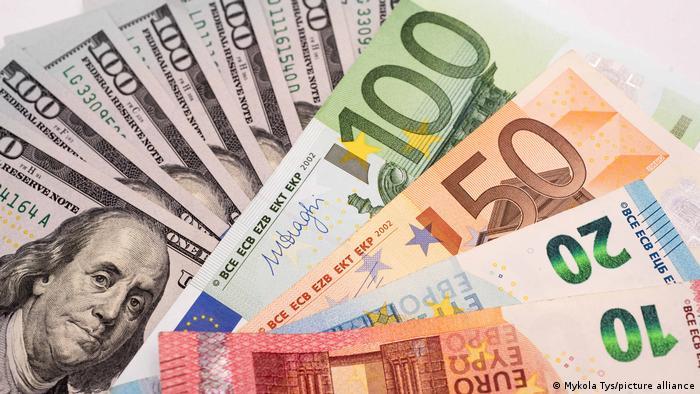Emerging market (EM) demand for gold provided not only a ballast to lacklustre developed market (DM) activity but also helped drive gold prices to record highs.
Central bank demand, primarily from EM institutions, was a significant contributor: we estimate this added up to 15% to gold’s annual performance
Bond yields, despite hitting a 15-year high in October, were only a small drag as they made a round trip to end the year roughly where they started.
January tends to exhibit seasonal strength. The jury is out on whether recent price records deter or encourage investment. So far so good.
A recent speculative focal shift to the 2-year Treasury yield suggests that markets may have gotten ahead of themselves after the December Fed meeting.
Gold prices rose 15% in 2023 to reach US$2,078/oz, the highest annual close on record1. The closing price was also a daily record and was mirrored in all but one currency (Table 1). Gold also ended the year as one of the best performing assets. According to (GRAM), the influential drivers of gold’s return in 2023 were central banks, geopolitics, interest rates and gold’s previous (lagged) monthly return (Chart 1).

We estimate that central banks contributed between 10 and 15%. As not all central bank buying is observable at a contemporaneous monthly frequency, we rely on two factors within our model to infer central bank impact: the constant (economic expansion) and the portion that is unexplained. Prior to 2022, the constant was c.4%; we believe central bank net buying has been a strong contender for driving that up to almost 8% since then. In addition, the unexplained portion of returns totalled 12% in 2023. If we attribute the change in the constant and all of the residual to central banks we reach a figure of 17%. A variation of GRAM in which Brent crude oil is replaced with the Geopolitical Risk Index (GPR) gives us 13%, so we settle on a figure between 10 and 15%, partly as we can’t rule out surprisingly resilient retail demand as an additional contributor.
*Data to 31 December 2023. Our Gold Return Attribution Model (GRAM) is a multiple regression model of monthly gold price returns, which we group into four key thematic driver categories of gold’s performance: economic expansion, risk & uncertainty, opportunity cost, and momentum. These themes capture motives behind gold demand; most importantly, investment demand, which is considered the marginal driver of gold price returns in the short run. ‘Unexplained’ represents the percentage change in the gold price that is not explained by factors currently included in the model. Results shown here are based on analysis covering an estimation period from February 2007 to December 2023.
*Data to 31 December 2023. Based on the LBMA Gold Price PM in USD, expressed in local currencies. Source: Bloomberg, ICE Benchmark Administration, World Gold Council
Elevated geopolitical risk was a key driver in 2023 and is captured by including GPR in our model. This contributed an estimated 5% to returns and mitigated a drag from falling inflation and other risks (-3% contribution).
Interest rates appeared to have had a lower drag on prices than might have been assumed at the start of the year –A round-trip in the 10-year yield (both nominal and real) coupled with central bank buying and generally elevated uncertainty helped gold prices remain somewhat unscathed by volatile opportunity costs. Nominal yields contributed c. -2% to gold’s performance, and if net out the impact of breakeven inflation it suggests the impact of real rates was c.-3%.
When the monthly impacts are added together, gold’s prior monthly return created a significant cumulative drag in 2023 (-4%). But this could be viewed as a positive volatility-dampening feature of the gold market. It works in reverse too, as we saw between 2013 and 2015.



